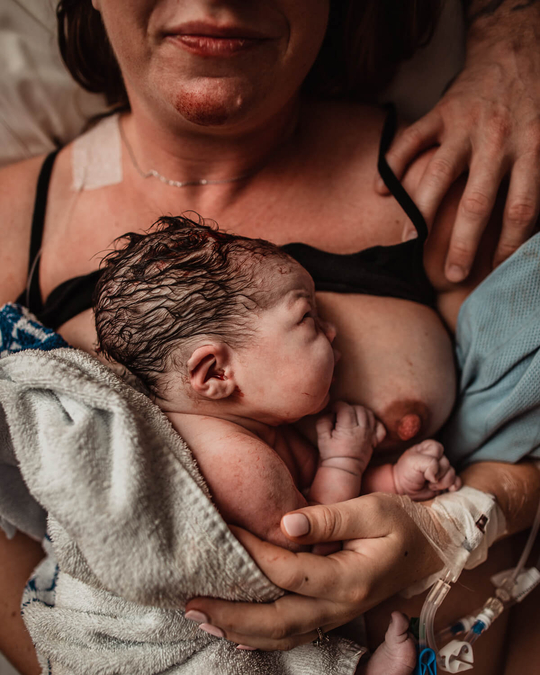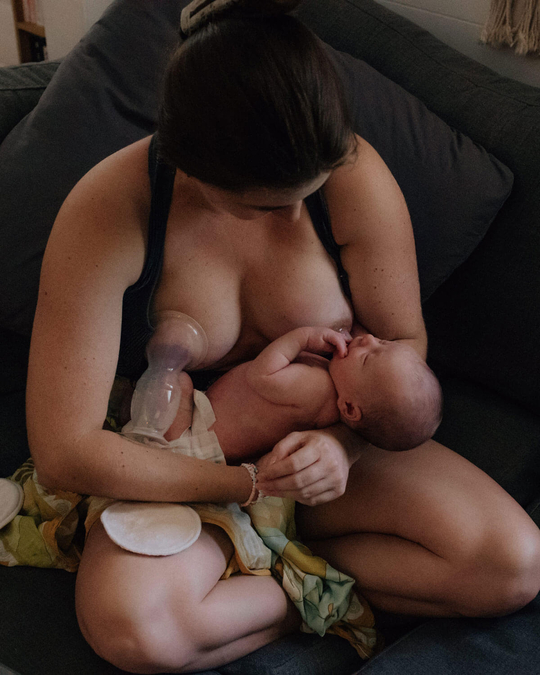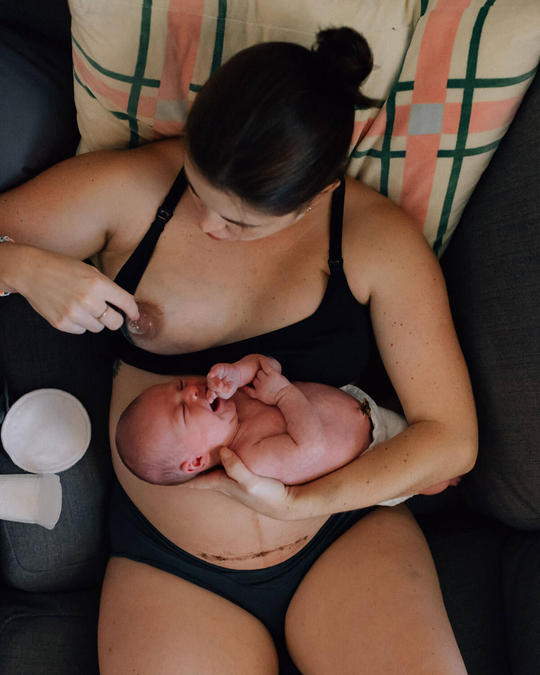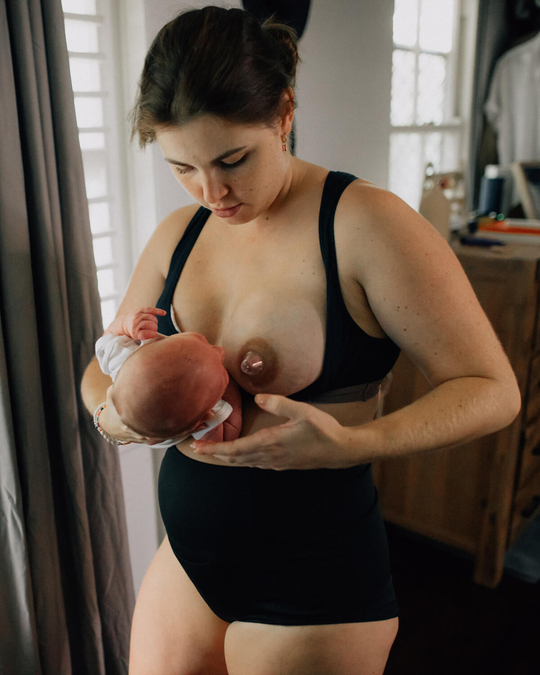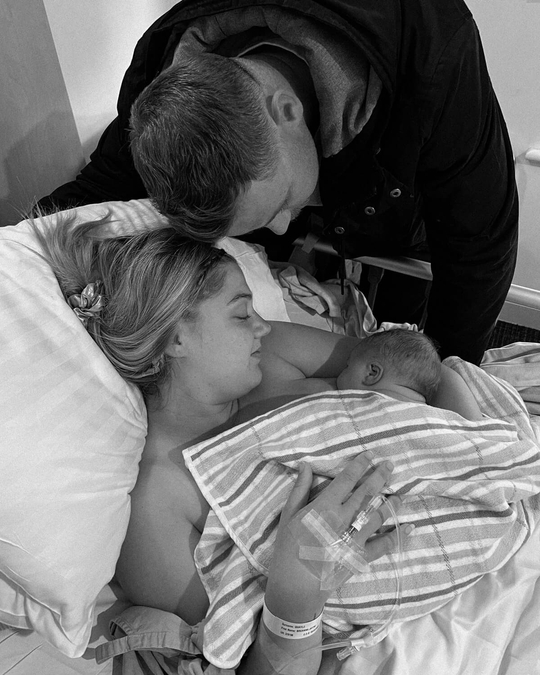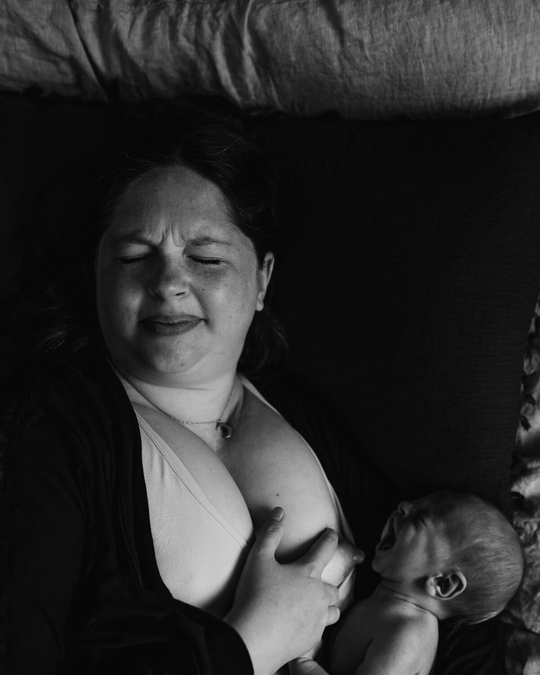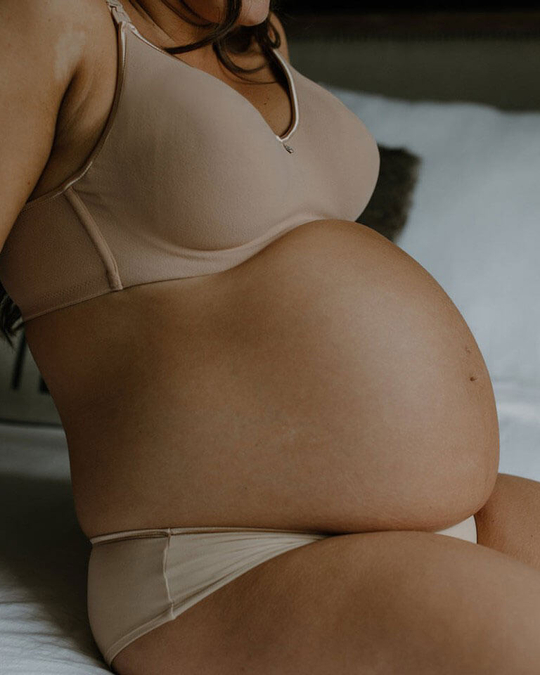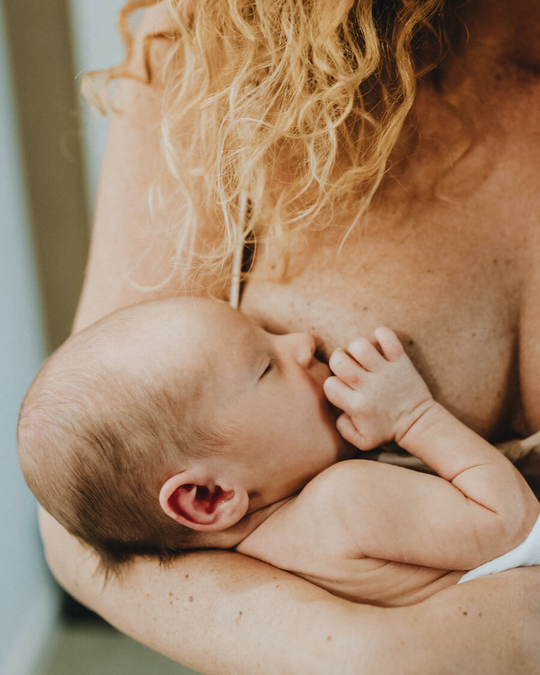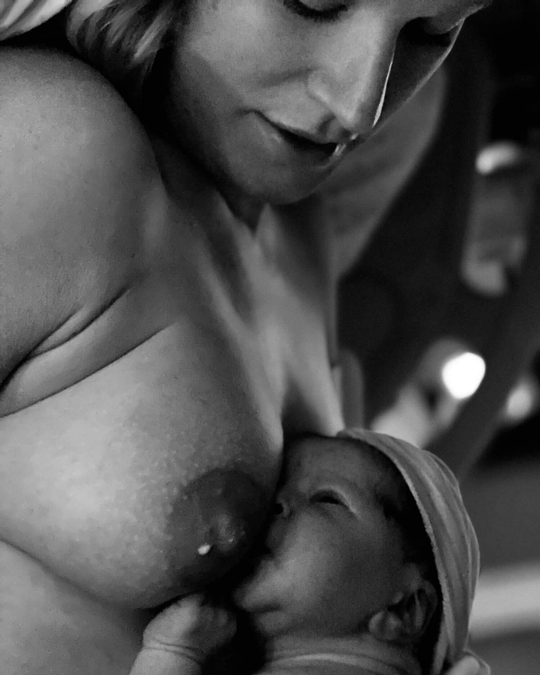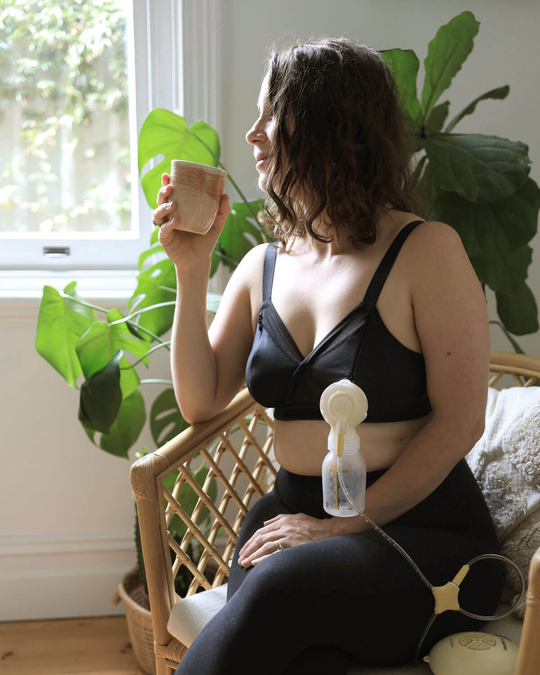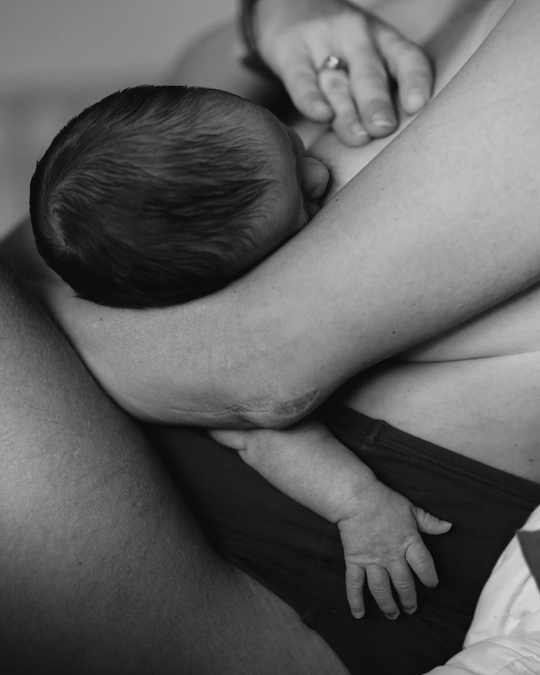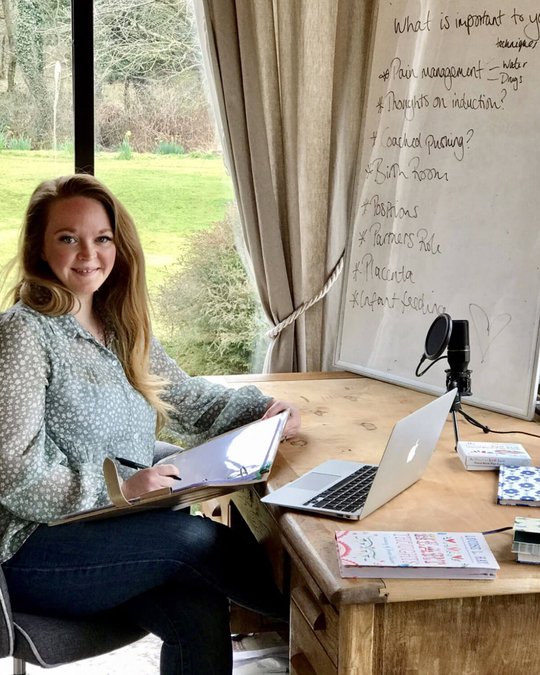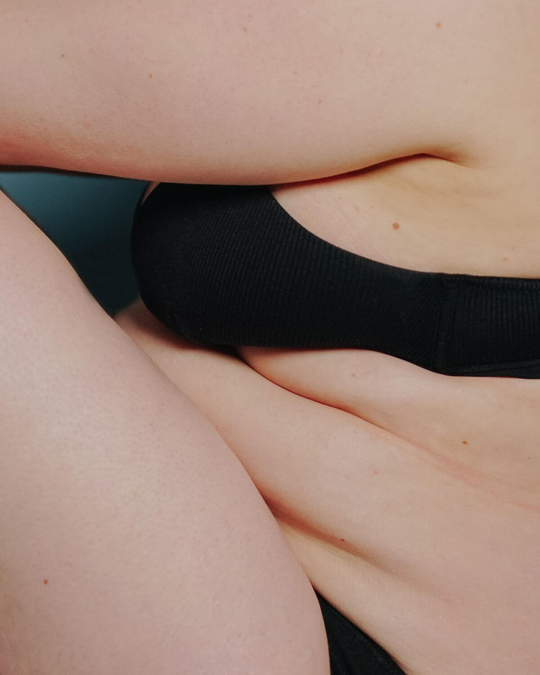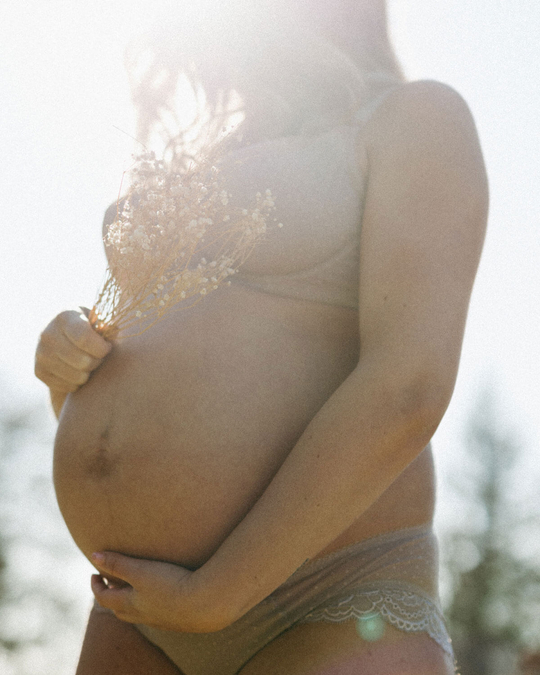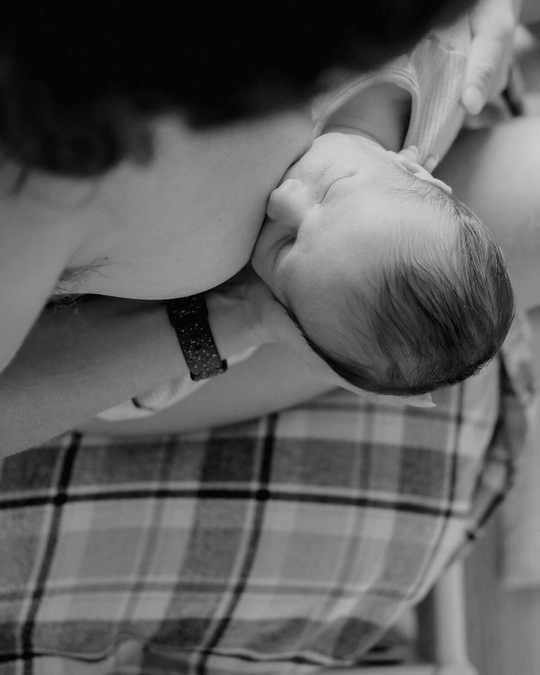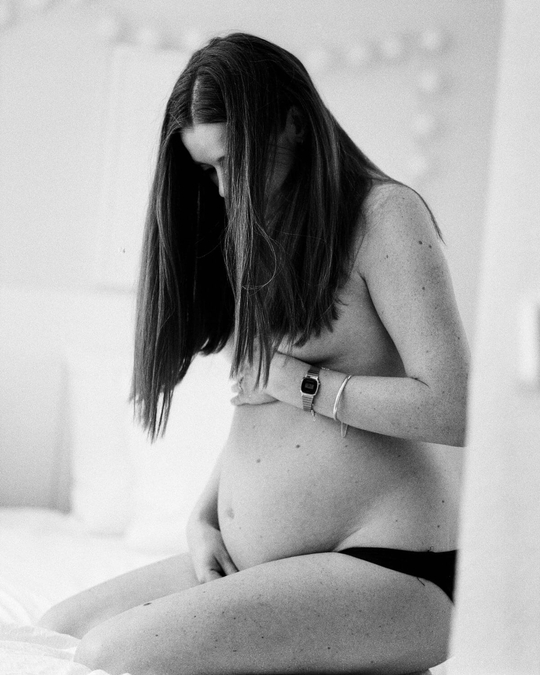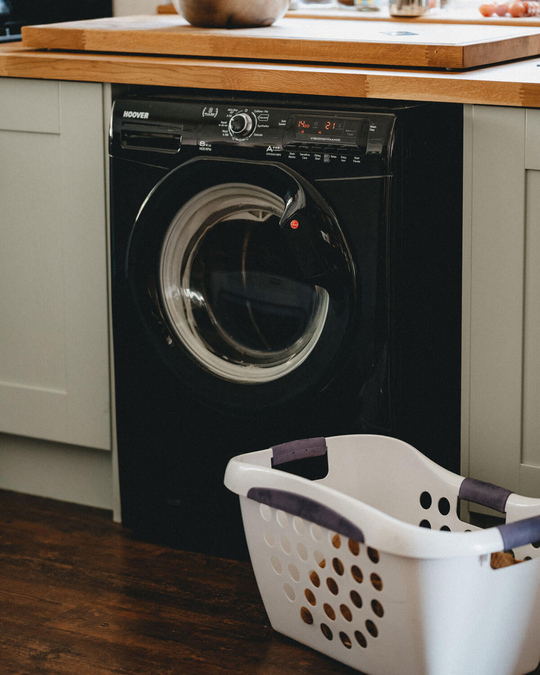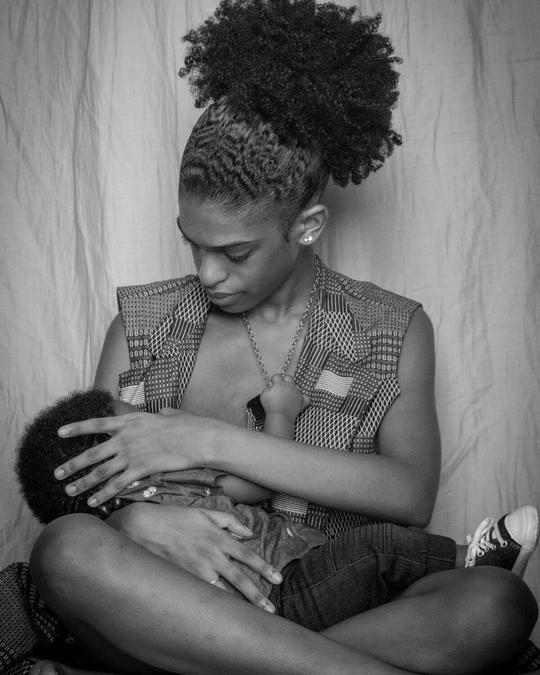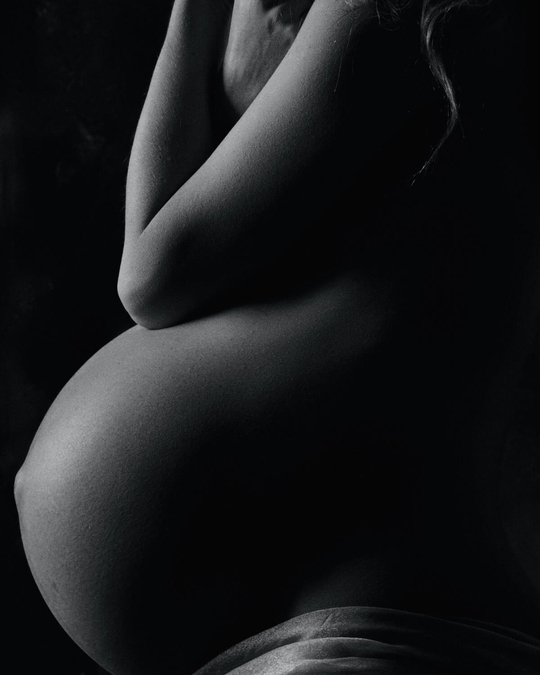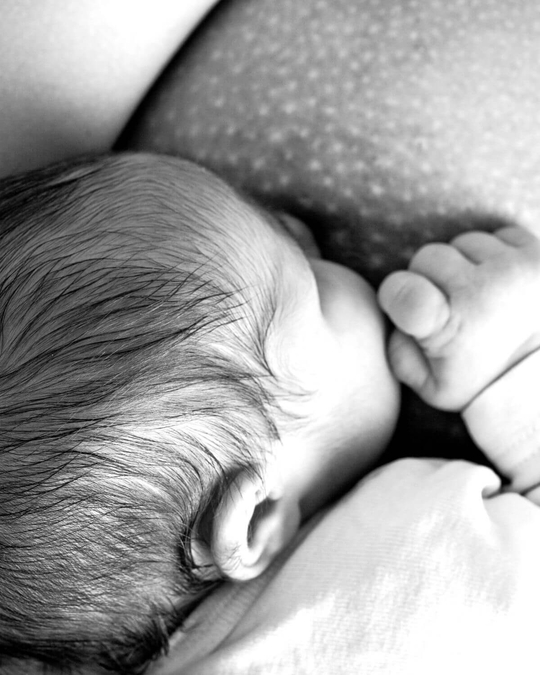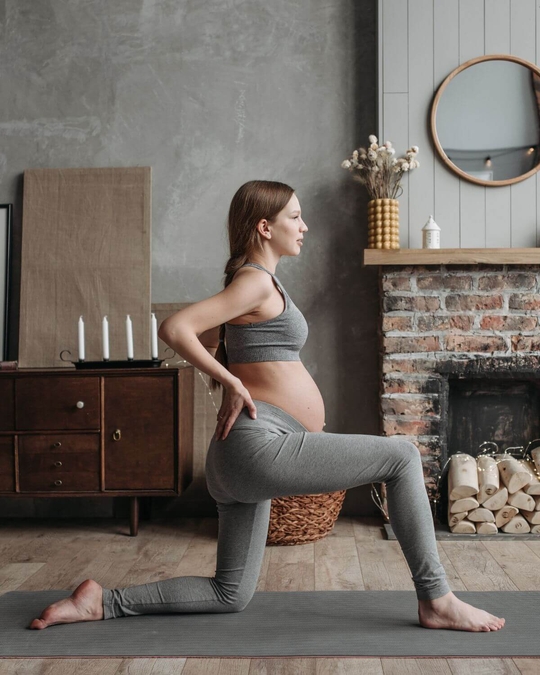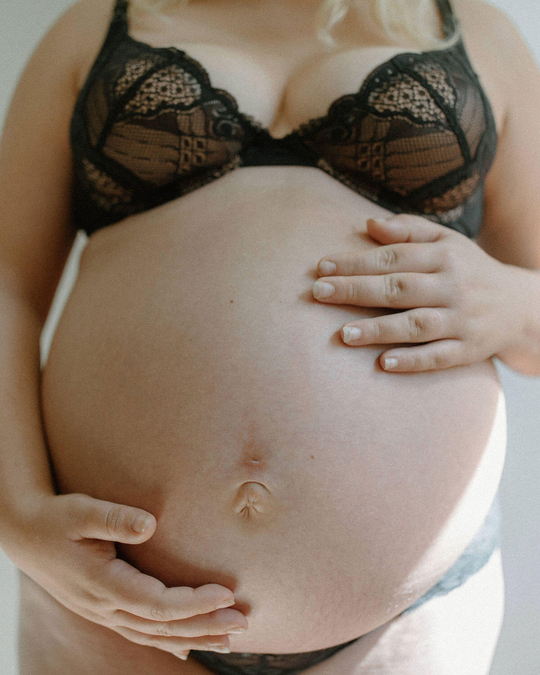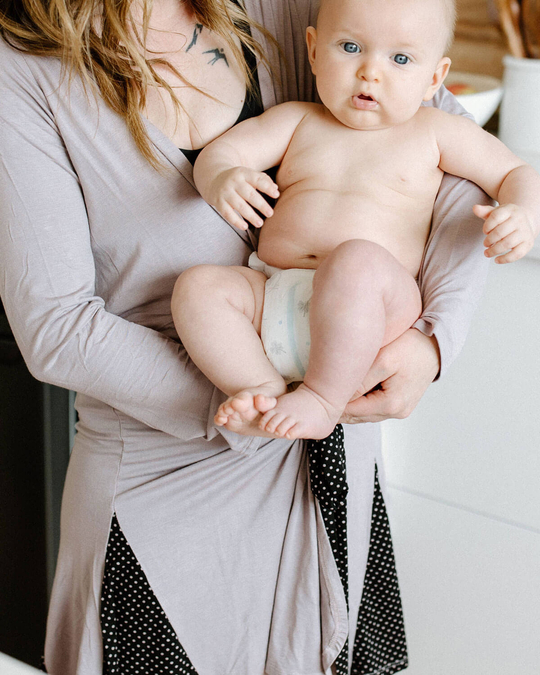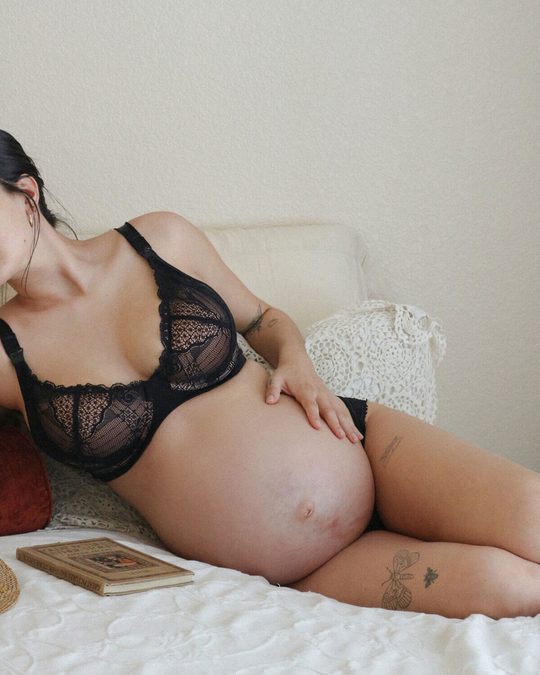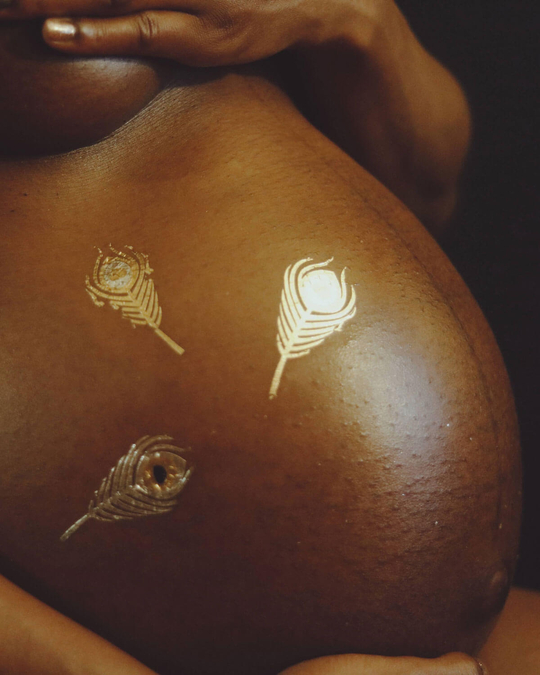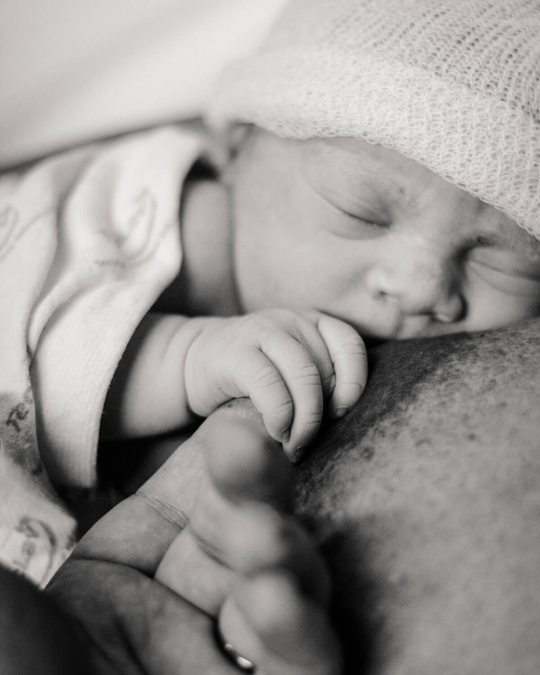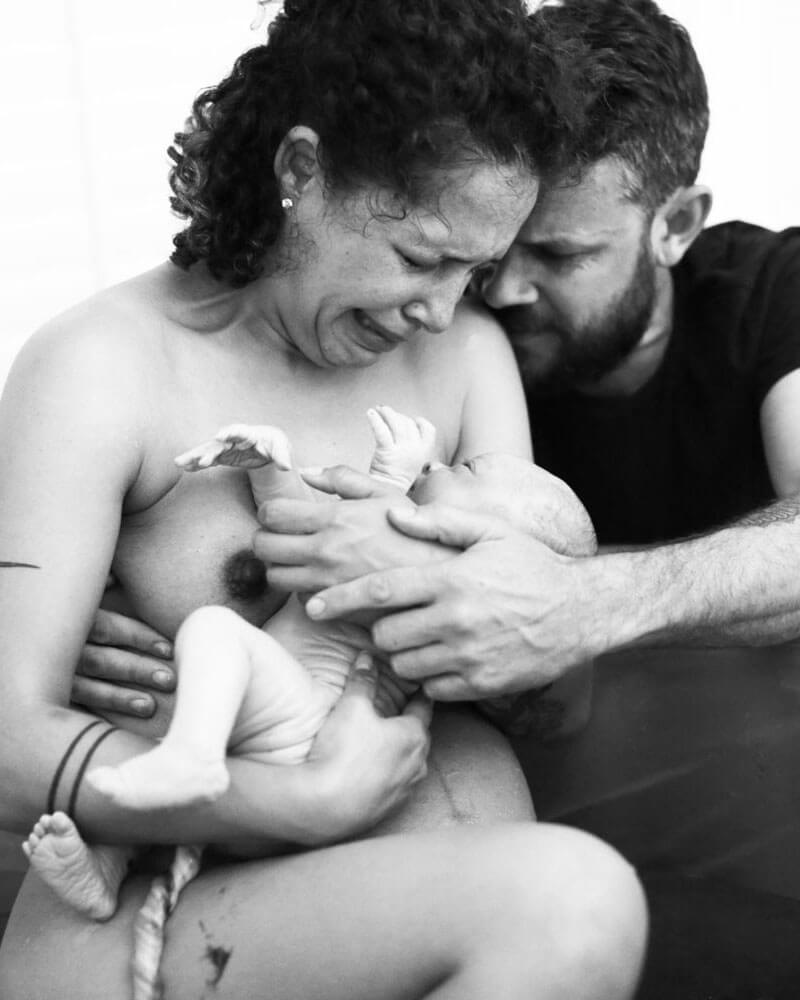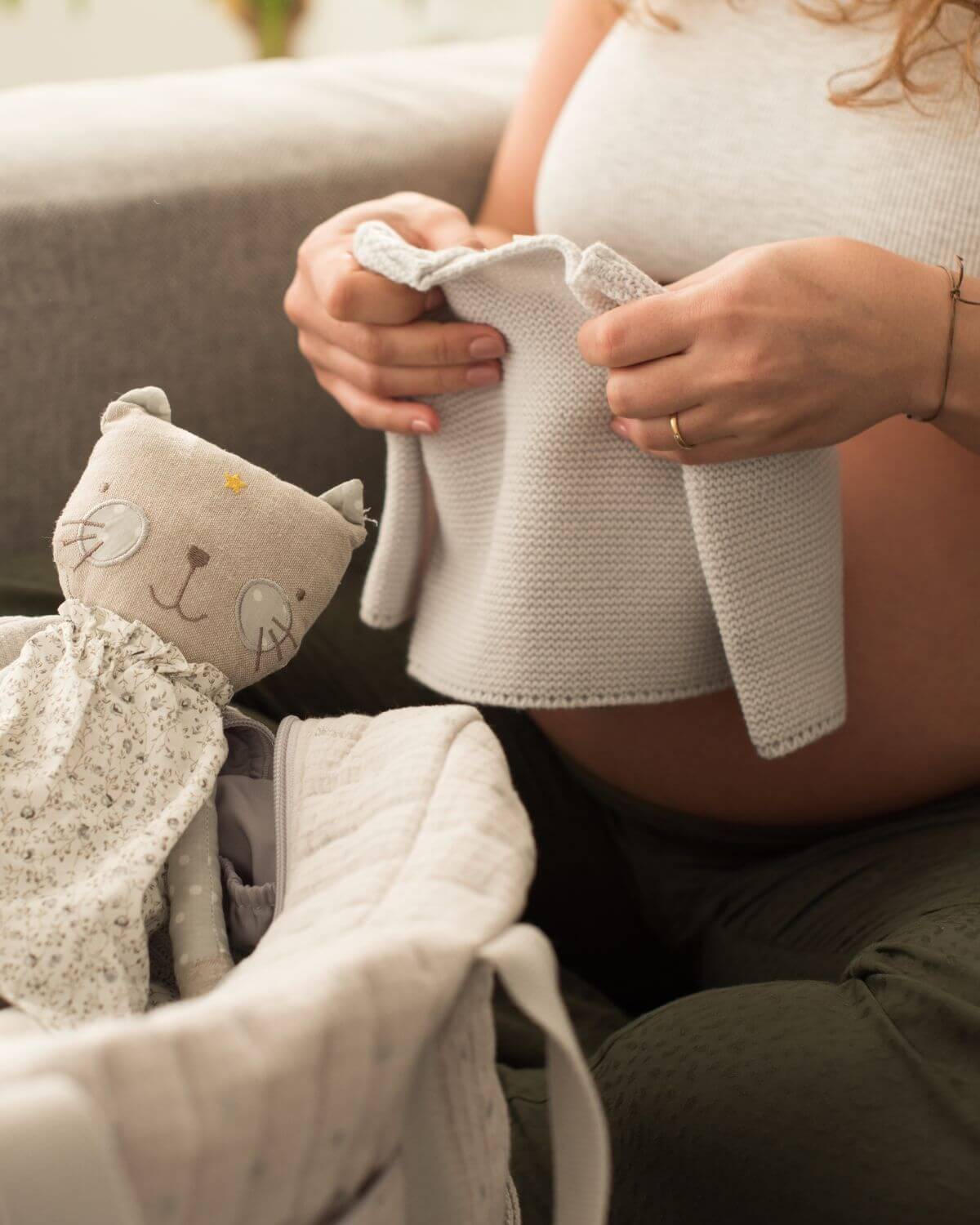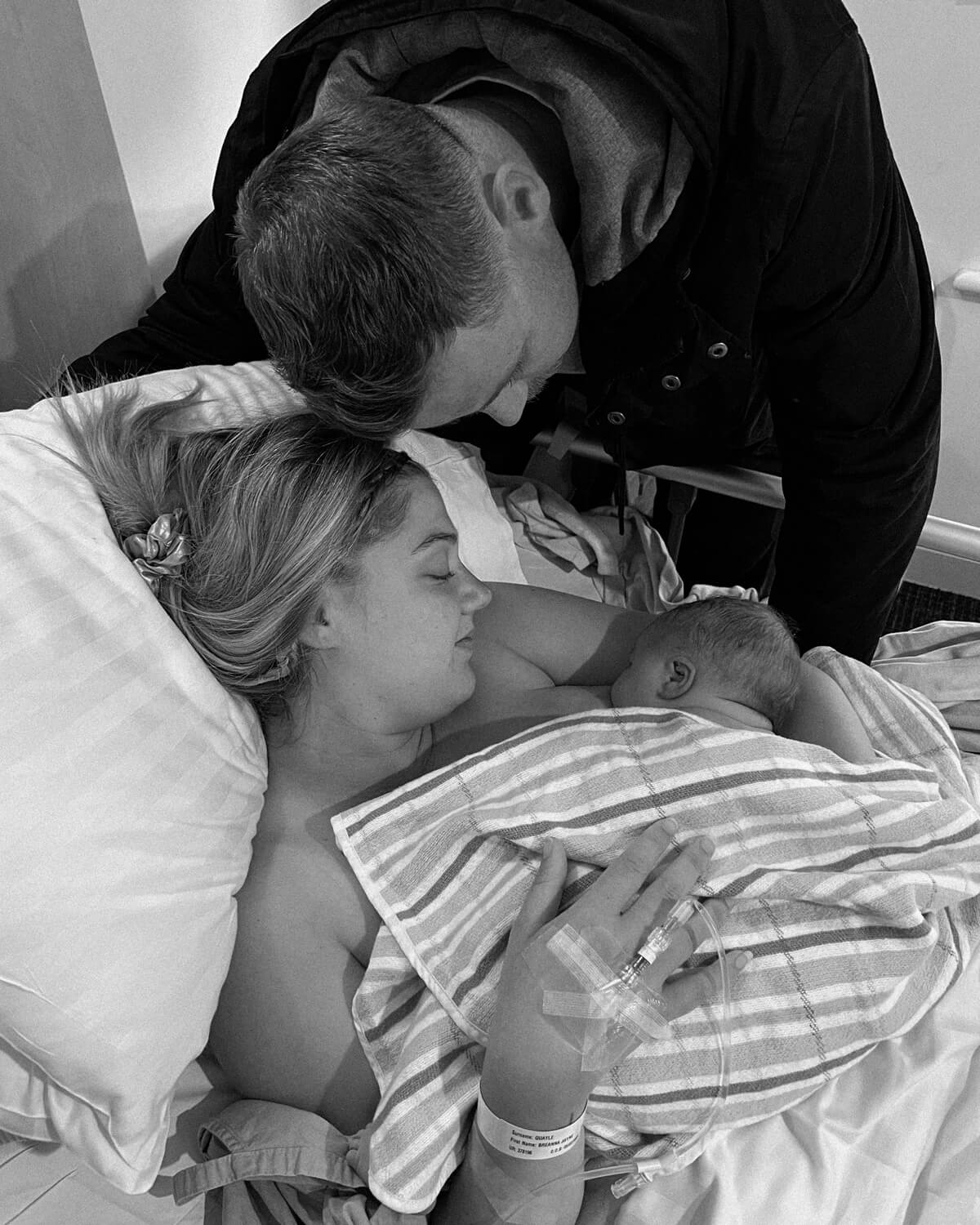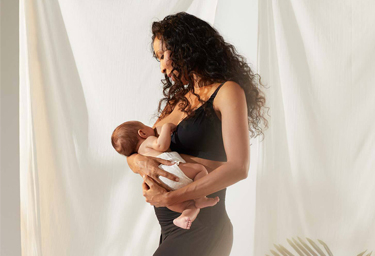Homebirth will bring up mixed feelings for most people. For some, it evokes feelings of being unsafe. For others, it seems like the most natural thing and perhaps feels like the only right way to give birth.
For many people, homebirth is considered a thing of the past and only something that happens accidentally due to a fast labour. Homebirth is polarising in some communities and can bring about a lot of judgement. So much so that many women and couples feel they need to keep their homebirth plans a secret and even lie about their plans to avoid judgement, alienation or fear mongering.
From my perspective as a doula, there are no judgements either way. You can have a blissful and empowering birth in any setting. I have seen it multiple times and experienced it personally. However, there are some vital things to explore before deciding either way on a home birth.

The pros and cons of homebirth.
Let’s dive into this a bit more. Who can actually have a homebirth is somewhat limited because the pregnancy, the growing fetus, and the labour have to be uncomplicated with no major medical issues. That means if the pregnancy has complications or something unexpected happens in labour, home birth is not the best option and will require a transfer to the hospital.
Pros:
- If you wish to have a vaginal birth and desire to have little or no monitoring (a CTG monitor is used in hospitals for continuous and semi intermittent foetal monitoring), medication, pain relief (e.g. epidural) or intervention, then a home birth is an excellent plan.
- The benefit of homebirth is that you have a dedicated midwife of your choice who cares for you during pregnancy, birth, and postpartum. You get unique and dedicated one-to-one attention from your homebirth midwife and the convenience of in-home prenatal and postnatal meetings. Once your contractions start, your midwife is on the phone with you as needed until she arrives at your home.
- The other benefit is that your midwife stays with you until the birth of your baby and approximately 3-4 hours post-birth. There are also no time limits or strict expectations as to how fast you should give birth. Homebirth midwives see birth as a perfectly natural event that takes the time it takes. Simple as that.
- So, the ripple effect of that belief is that birth is undisturbed, not rushed, relaxed and offers a more personalised experience. This is possible because your midwife has the time to get to know you and your partner and even your extended family during the many prenatal meetings in your home. By the time your birth is happening, she and you will know each other well and feel very connected.
- The studies prove that a labouring woman who feels connected to (and happy about) the people at her birth will labour more efficiently and have fewer complications. The summarised explanation is this; more happy hormones and relaxation hormones circulate in your body if you feel supported, loved, and respected in your prenatal care and during labour and birth. The result is feeling safe and joyful, which is the portal to the epic flow of oxytocin, which is the hormone needed for contractions to work well.
- The benefits are also that you get to labour in your home, with whomever you choose to have with you for support. You don’t need to think about the logistics of when to go to the hospital. For many, it is a benefit to know who your midwife is on the day.
Cons:
- One downside is that hiring a homebirth midwife is not fully covered by Medicare (in Australia). So there is a more significant financial outlay compared to the free public hospitals. A midwife’s cost is somewhere in the range of $3000-$6000, with Medicare covering a portion of this for pre and postnatal care.
- If any complications should arise during labour and birth, you will have to transfer to the hospital. Should a hospital transfer be needed, your midwife will join you and provide continuous care for you as planned, but she will take a temporary role as a support person during the hospital stay. Transferring is not necessarily an emergency or rushed. Your midwife will advise you if something during the labour requires further medical attention and help process the hospital transfer best possible to avoid any trauma.
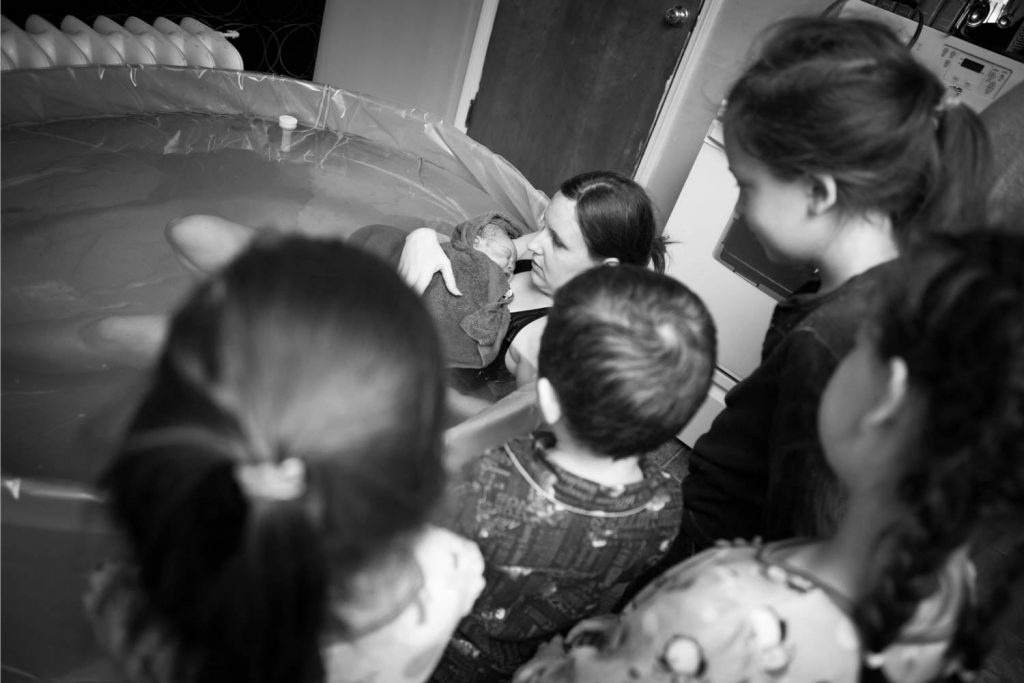
How to plan and prepare for a homebirth:
The best way to plan for a homebirth is to meet with several midwives and choose the one you feel most connected to. It’s important to do this as early as possible in your pregnancy as homebirth midwives tend to get fully booked.
Consider what type of birth team you’d like to have. Would you like a family member to be at the birth? A doula? A birth photographer? And if you already have children, consider someone to be their designated carer so you can switch off entirely and focus on birthing your baby.
The medical side of things (equipment for the birth and postpartum) is all taken care of by your midwife. She can refer you to any scans or tests she feels are needed or that you’d like to have done. She will even supply you with the birth pool.
If this is your first birth or if you have older children, then watching videos of homebirths is a great way to see how a homebirth typically unfolds. It is dramatically different (in a positive way!) from any birth you have seen in a Hollywood movie or even hospital births. Doing a birth education course is always a good idea too, because knowledge eliminates fear!
It can be wise to have a plan in place for a hospital transfer, especially if you have older children. Not that you should spend a lot of time on this, but just to be prepared and prevent unnecessary stress. You may want to have a hospital bag prepared for yourself and your baby, and maybe a change of clothes or some simple essentials for your partner.
A babysitting plan for older kids is also important, as they aren’t likely to come along in the event of a transfer. I would highly recommend a “birth plan” and “postnatal plan” so the midwives and doctors can quickly get to know you, your wishes and preferences for the duration you are in the hospital.
On a final and personal note, I would like to share that I have birthed in a private hospital with a private OB, I have birthed in a public hospital, I have had a water birth in a birth centre and a waterbirth homebirth. Four different birth experiences for my four girls.
The home birth experience was incredibly peaceful and relaxed, and even fun! I was very supported by two midwives, and I also had two doulas present. I felt so well cared for, which allowed me to surrender to the process and the unknown. I felt so lucky and loved. My husband was by my side, and my older children experienced the natural unfolding of labour and birth, which means a lot to me.
They, too, felt safe and were so sweet and encouraging with me. My kids came and went as they felt right, they did some painting and drawing, had snacks and played nearby, but mostly they hung around me, occasionally taking my hand or whispering encouragement into my ear. To know they have seen and know how babies are born is a big achievement for me.

My homebirth experience.
I spent the early hours of the morning alone in our bathtub, and as the contractions got stronger, I called my birth team so they could make their way to me. My husband sat next to me in the bath, and as the kids woke up they came to join us.
When my midwife arrived, she checked my heart rate, temperature and the baby’s heart rate with a doppler. All was well, and I decided to go to the birth pool, which my two doulas and midwife had filled up.
After a little while in the tub, I went for a walk in our garden with my husband and laboured there for a while. Shortly after that, I got the urge to push, and I walked back into the house to make sure I could birth my baby in the birth pool.
My baby girl Filippa was born peacefully and safely just after midday after a 5 hour labour. What was particularly outstanding with the homebirth experience was the convenience of just going back to bed with my baby after my midwife had done the immediate post-birth baby assessments.
It felt luxurious to have everything taken care of at home and be able to just focus on my baby and rest in the comfort of my own home. Additionally, I loved the postnatal care, which all were done at home by my bed or sofa.
The homebirths I have attended as a birth doula have all been very similar to mine. I have also experienced a homebirth which had to transfer to the local hospital — which, of course, was not what the mother had hoped. But because she had the continuous support of myself and her midwife, it significantly reduced worry and stress. She knew she was safe and supported, which allowed her to go with the flow of how the labour and birth of her child unfolded — which is ultimately what we all have to be able to do, no matter where or how we give birth.
Is homebirth something you are interested in? Or something you’d never consider? Remember that either way is equally fine — what matters the most is that you feel safe, loved and supported.
For more about Anna-Maria, visit:
Website: www.annamaria.com.au
Instagram: @annamaria_boelskov
Facebook: @annamarianutritionistherbalistdoula
Podcast: https://www.annamaria.com.au/mumspire
LIKE WHAT YOU READ?
Join CakeMama Club & get 10% OFF your first order!
Plus you’ll get tips + tricks for pregnancy, postpartum & breastfeeding, get member-only offers, earn CakeCoins every time you shop + more. Learn more








